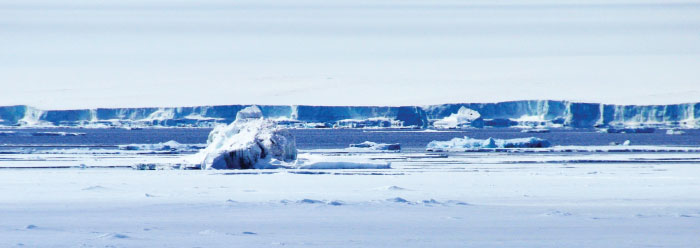
Thick Ice Sheets: How Old Are They Really?
Secular scientists claim that ice in deep cores extracted from the thick Greenland and Antarctic ice sheets is hundreds of thousands of years old. Do these ice cores prove an old earth?

A Cosmic 'Supervoid' vs. the Big Bang
In a new paper, scientists have announced the discovery of an enormous region of lower-than-average galaxy density about three billion light-years from Earth.1,2 This "supervoid," the largest single structure ever discovered at 1.8 billion light-years across, is newsworthy in its own right. However, it also has implications for the Big Bang model of the universe's origin.

Dinosaur Moth: An Evolutionary Enigma
Scientists discovered a tiny moth on Australia's Kangaroo Island and gave it the name Enigmatinea glatzella. The name is quite descriptive, as Enigmatinea means "enigma moth" in Latin.1,2 But why is this moth an enigma to evolutionary scientists?

Manganese Nodule Discovery Points to Genesis Flood
Scientists recently discovered a large batch of manganese nodules on the floor of the Atlantic Ocean.1 These metallic pellets provide strong evidence that most seafloor sediments were deposited rapidly, not slowly and gradually over millions of years. Are these nodules evidence of the Genesis Flood?



